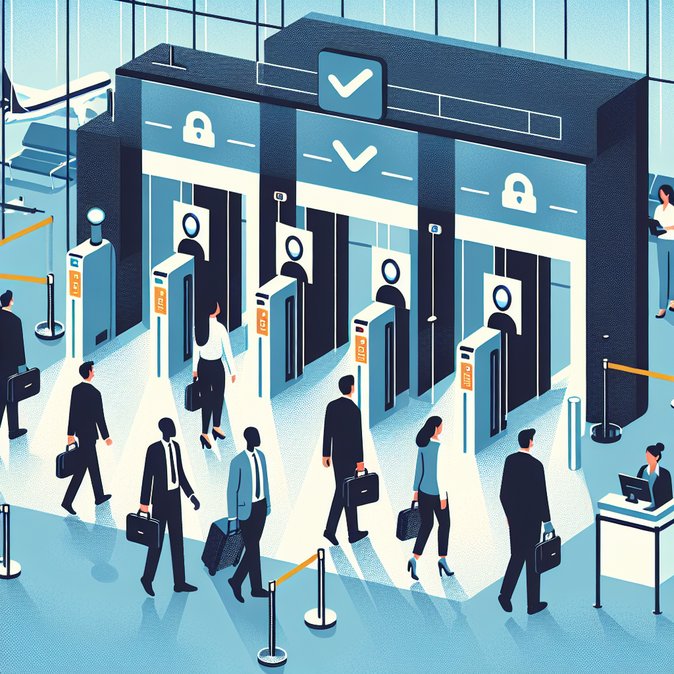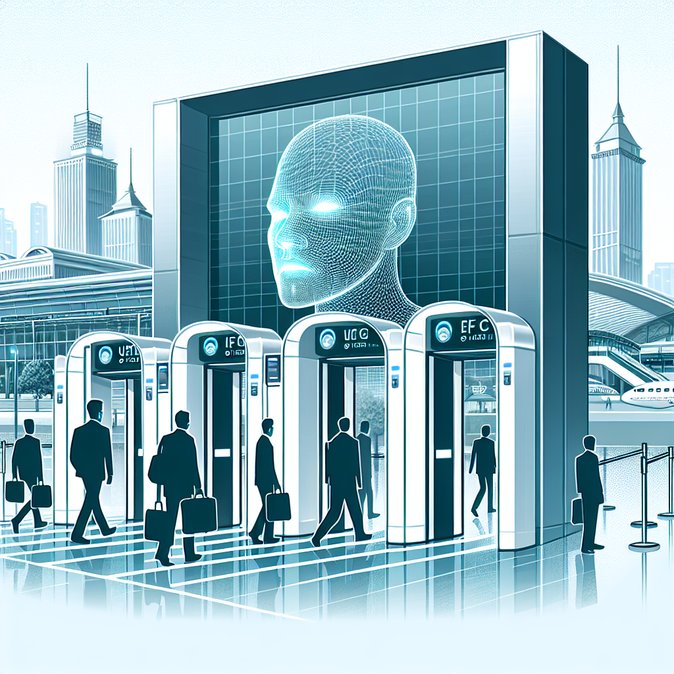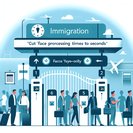
The UK government has begun live airport trials of a facial-recognition border gate that lets travellers clear immigration without presenting a passport—part of a wider digital-border overhaul designed to improve security and reduce queuing at peak times. Technology reporters confirmed on 13 November 2025 that early trials are running at Heathrow and Gatwick with plans to expand nationwide if performance targets are met.
Under the scheme, passengers upload biometric data when applying for an Electronic Travel Authorisation (ETA) or visa. On arrival, cameras match the traveller’s live image against the stored template; successful matches open the gate automatically. The Home Office says the system processes a passenger in under eight seconds, versus 30-plus seconds at traditional e-Gates.
![UK Trials Passport-Free Facial Recognition Gates to Cut Immigration Queues]()
For business-traveller programmes, the implications are significant. Faster clearance can shave 10-15 minutes off average arrival times, potentially allowing tighter meeting schedules, while reduced document-handling lowers the risk of lost passports en route. Airlines also stand to benefit: shorter queues limit gate-hold delays caused by passengers stuck at immigration.
Privacy campaigners, however, warn that expanding facial-recognition infrastructure could normalise mass biometric surveillance. The Information Commissioner’s Office has asked the Home Office to submit a full Data Protection Impact Assessment before any nation-wide rollout. Employers should brief assignees on opt-out lanes and ensure that staff who decline facial capture carry passports that are valid for manual inspection.
If the pilot is deemed successful, facial-recognition gates could become mandatory for ETA-eligible travellers by late 2026, just as the EU’s EES/ETIAS systems come online. Mobility managers should therefore plan for parallel processes—digital entry to the UK and new biometric exit checks for Schengen—when scheduling Europe-wide itineraries.
Under the scheme, passengers upload biometric data when applying for an Electronic Travel Authorisation (ETA) or visa. On arrival, cameras match the traveller’s live image against the stored template; successful matches open the gate automatically. The Home Office says the system processes a passenger in under eight seconds, versus 30-plus seconds at traditional e-Gates.

For business-traveller programmes, the implications are significant. Faster clearance can shave 10-15 minutes off average arrival times, potentially allowing tighter meeting schedules, while reduced document-handling lowers the risk of lost passports en route. Airlines also stand to benefit: shorter queues limit gate-hold delays caused by passengers stuck at immigration.
Privacy campaigners, however, warn that expanding facial-recognition infrastructure could normalise mass biometric surveillance. The Information Commissioner’s Office has asked the Home Office to submit a full Data Protection Impact Assessment before any nation-wide rollout. Employers should brief assignees on opt-out lanes and ensure that staff who decline facial capture carry passports that are valid for manual inspection.
If the pilot is deemed successful, facial-recognition gates could become mandatory for ETA-eligible travellers by late 2026, just as the EU’s EES/ETIAS systems come online. Mobility managers should therefore plan for parallel processes—digital entry to the UK and new biometric exit checks for Schengen—when scheduling Europe-wide itineraries.








